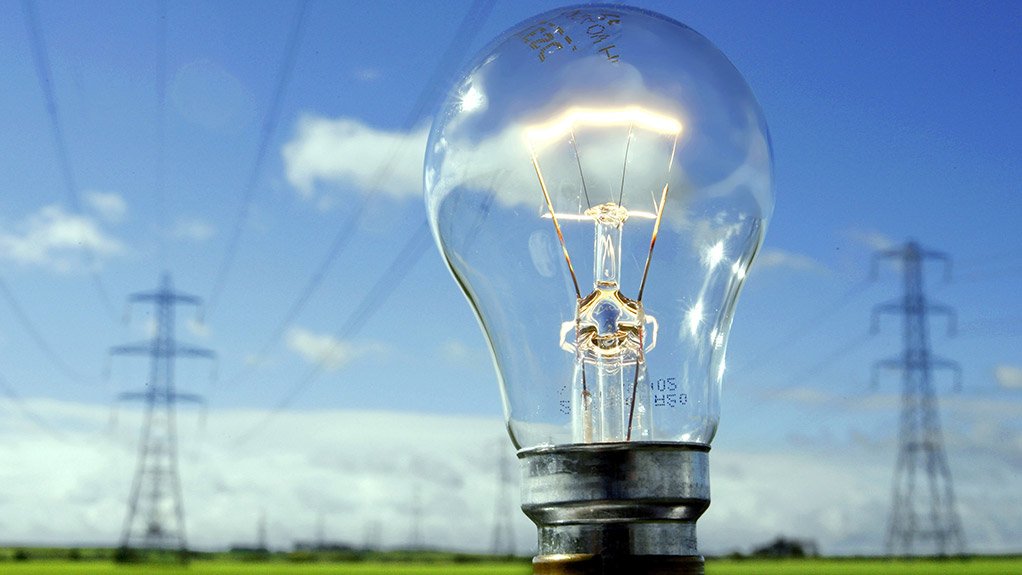Best of Johannesburg
What Joburg Residents Can Expect from Loadshedding This Winter (2025)

Johannesburg winters are known not just for crisp air and icy mornings – but also for a rise in power outages. As residents switch on heaters and lights earlier and more often, the city’s electricity demand surges. Historically, this increased load puts added strain on South Africa’s already stretched power grid, often resulting in planned outages – better known as loadshedding.
But there’s some good news this year.
Eskom’s 2025 Winter Forecast: Less Loadshedding, More Stability
Eskom has released its Winter 2025 power outlook, and things are looking more stable than in previous years. According to the utility, loadshedding is not expected unless unplanned outages exceed 13GW. Even in a higher-risk scenario (up to 15GW of unplanned outages), Eskom expects loadshedding would be limited to a maximum of 21 days at Stage 2 – a dramatic improvement from previous winter forecasts.
“In FY 2025, we delivered power 96% of the time,” said Eskom CEO Dan Marokane. “That’s a sharp improvement from the previous year, and it reflects the strides we’ve made in operational efficiency.”
Why the Improvement?
Several key changes have improved South Africa’s grid reliability this winter:
- Unplanned outages are down by 3.1GW compared to last year.
- Plant availability has improved to 61%, up from 54.6%.
- Diesel use has dropped by 50%, saving over R16 billion.
- Sales volumes have grown by 3.6%, reflecting increased output and efficiency.
- Kusile Units 2 and 3 are back online, now operating with their full flue gas desulphurisation systems.
- 3.47GW of wind power was added through curtailment in the Eastern and Western Cape.
- More than 880,000 smart meters have been installed, enabling better demand control and encouraging feed-in of surplus solar power.

Image 1: Dreamstime.com
Ongoing Challenges
While the outlook is positive, Eskom warns that the power system remains vulnerable. Unexpected breakdowns, maintenance overruns, and theft can still disrupt supply. Between January and April 2025, for example, loadshedding was briefly reintroduced due to delays in returning units to service.
To address this, Eskom has ramped up maintenance and recovery efforts. Key actions include:
- Boosting planned maintenance to 12.8%, up from 12% last year
- Reconnecting Koeberg Unit 2 (900MW) and Kusile Unit 6 (800MW)
- Progressing restoration of Medupi Unit 4, expected online by end of May
“We’re investing heavily in stability,” said Bheki Nxumalo, Eskom Group Executive for Generation. “We’ve kept up planned maintenance and focused on returning critical units to service on time.”
A Long-Term View: Building a Sustainable Grid
Eskom isn’t stopping at short-term stability. The utility is actively working to evolve and modernise its operations:
- 5.9GW of clean energy projects are targeted by 2030
- Generation and Distribution divisions are being legally separated
- Smart grid upgrades continue with new meters and automation
- Strategic partnerships are being pursued for investment and innovation
What This Means for Joburg Residents
If current trends hold, Johannesburg should experience a far smoother winter in terms of power supply. But as always, Eskom urges households to remain energy conscious, especially during peak hours.

Image 2: Engineering News
Top Tips for Staying Prepared:
- Follow EskomSePush or your city’s app for live loadshedding updates
- Reduce heating and appliance use during peak hours (6-9am, 5-9pm)
- Use energy-efficient appliances and turn off unused devices
- Consider investing in backup power (battery systems, inverters, solar)
Also read: https://www.joburgetc.com/johannesburg/backup-power-solutions-small-businesses-joburg/
Follow Joburg ETC on Facebook, Twitter , TikTok and Instagram
For more News in Johannesburg, visit joburgetc.com
Source: Eskom
Featured Image: Africa Energy Portal





















